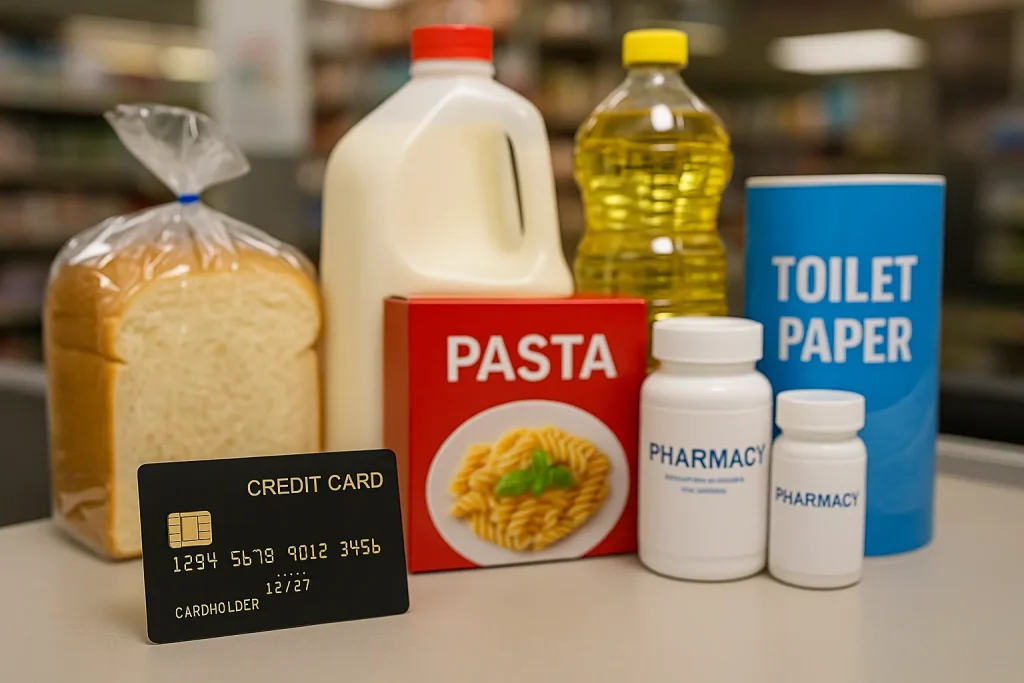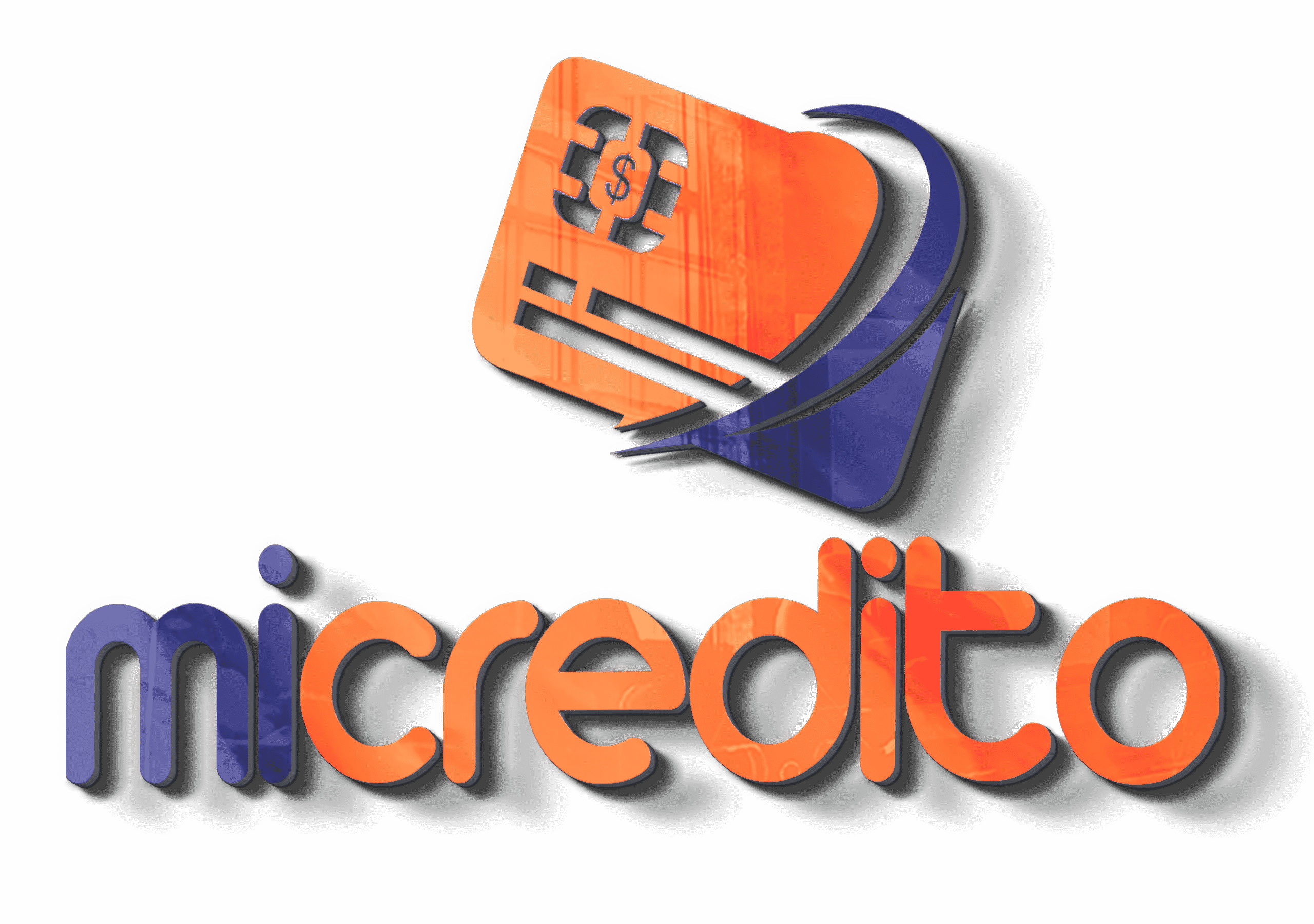Choosing the right credit cards with cashback can make a noticeable difference in everyday expenses, especially in 2025, when food and health costs continue to rise in the US. Many issuers are competing with attractive offers, but not all of them deliver consistent value when it comes to groceries and pharmacy purchases. Consumers must evaluate not only the advertised cashback percentages but also the limitations, such as category caps, annual fees, and redemption rules.
This analysis focuses on which credit cards truly provide savings in supermarkets and pharmacies, two essential spending categories for most American households. By understanding the real benefits of credit cards with cashback, cardholders can avoid misleading promotions and maximize monthly budgets. The following sections explore leading options, their benefits, and practical considerations before choosing the right card.
How Cashback Programs Work

Cashback programs return a portion of each purchase to the cardholder, either as statement credit, direct deposit, or points convertible into cash. While this seems straightforward, issuers often set specific rules that affect the real value. For instance, some cards only apply higher rates to defined categories, while others rotate bonus categories quarterly.
When it comes to supermarkets and pharmacies, consumers need to verify if these categories are included as permanent benefits. Many cards promote broad everyday spending rewards but exclude essential purchases or impose annual caps. Understanding these nuances is critical before selecting credit cards with cashback as a primary spending tool.
Best Credit Cards for Supermarkets and Pharmacies in 2025
Several issuers stand out in 2025 with reliable cashback offers. American Express and Citi continue to lead the market with specialized grocery and health rewards, while Discover and Chase target budget-conscious consumers through rotating categories. Some highlights include consistent cashback, moderate annual fees, and redemption flexibility.
| Card | Supermarket Cashback | Pharmacy Cashback | Annual Fee |
|---|---|---|---|
| Blue Cash Preferred® (Amex) | 6% on supermarkets (up to $6,000/year) | 3% at major pharmacies | $95 |
| Citi Custom Cash℠ | 5% on top spending category (often groceries) | 1% standard | $0 |
| Chase Freedom Flex℠ | Rotating 5% categories (includes groceries quarterly) | 3% on drugstores | $0 |
| Discover it® Cash Back | 5% rotating categories (includes groceries/pharmacies in 2025) | 5% rotating | $0 |
| Amex Everyday® Preferred | 3% supermarkets | 2% pharmacies | $95 |
Best Ways to Maximize Cashback
Maximizing rewards requires more than simply using a single card. Cardholders should build a strategy that combines category benefits with personal spending patterns, ensuring value throughout the year. This approach helps transform small savings into long-term financial impact.
- Using category-specific cards for groceries and pharmacies rather than one general card.
- Combining no-annual-fee cards with premium cards for balanced rewards.
- Tracking rotating categories to activate them on time.
- Redeeming cashback as statement credits for direct savings.
Adopting these habits ensures that everyday expenses generate consistent returns over time. By aligning card benefits with shopping frequency and household priorities, consumers can make credit cards with cashback a real and powerful budgeting tool.
Conclusion
Credit cards tailored to supermarkets and pharmacies offer strong advantages, but choosing wisely requires attention to details such as fees, limits, and redemption flexibility. The right balance ensures rewards do not disappear behind fine print or complex rules, keeping the focus on real financial benefits.
In 2025, selecting the best credit cards with cashback means combining high earning potential with simple usability. By following smart strategies and monitoring category terms, households can convert daily shopping into reliable savings that support long-term financial goals.





